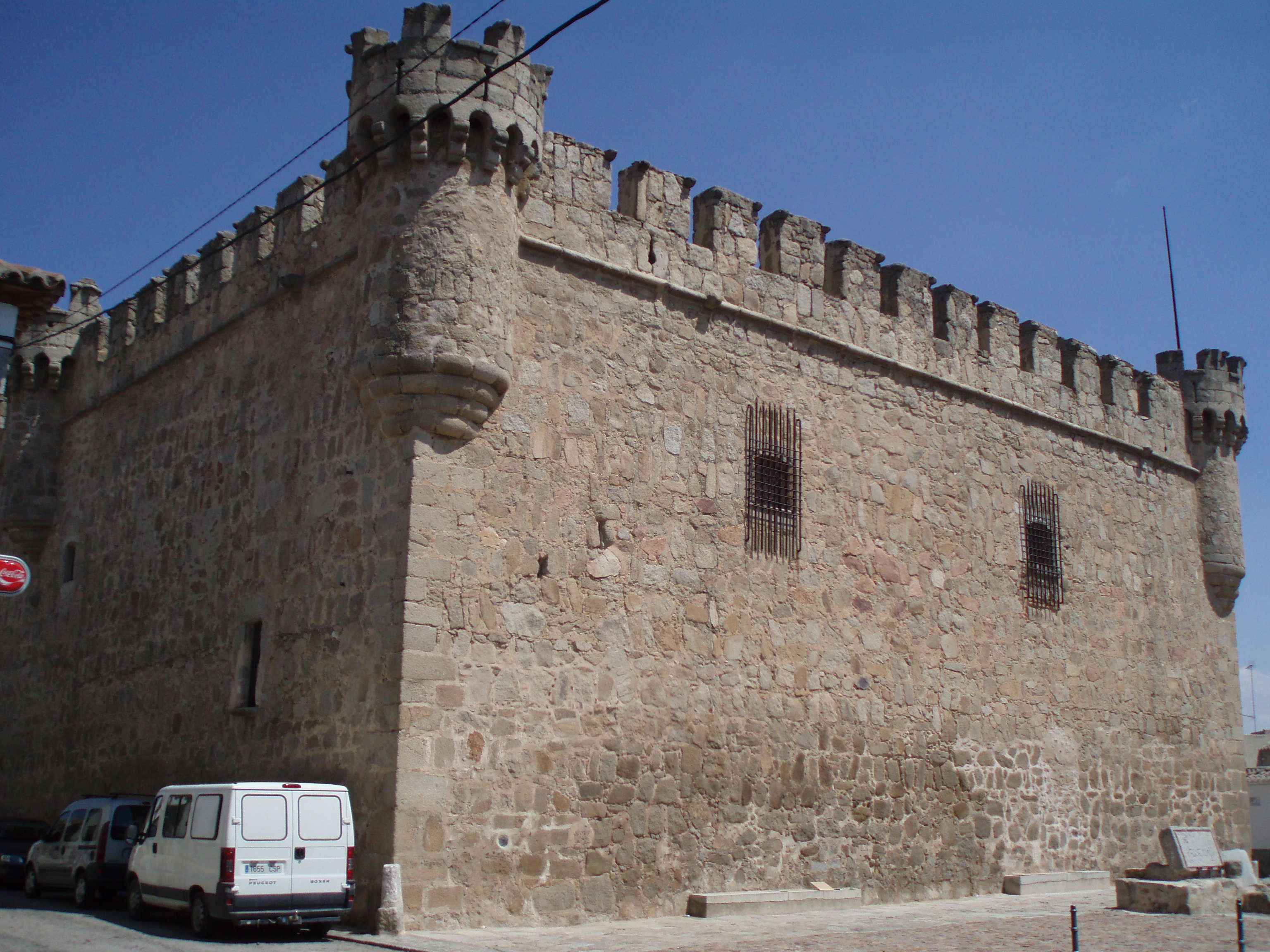Orgaz on:
[Wikipedia]
[Google]
[Amazon]
Orgaz is a municipality located in the

Official town website (in Spanish)
Municipalities in the Province of Toledo {{CastileLaMancha-geo-stub
province of Toledo
Toledo () is a Province (Spain), province of central Spain, in the western part of the Autonomous communities of Spain, autonomous community of Castile–La Mancha. It is bordered by the provinces of Madrid Province, Madrid, Cuenca Province (Spai ...
, Castile-La Mancha, Spain
Spain, or the Kingdom of Spain, is a country in Southern Europe, Southern and Western Europe with territories in North Africa. Featuring the Punta de Tarifa, southernmost point of continental Europe, it is the largest country in Southern Eur ...
. According to the 2012 census
A census (from Latin ''censere'', 'to assess') is the procedure of systematically acquiring, recording, and calculating population information about the members of a given Statistical population, population, usually displayed in the form of stati ...
, the municipality had a population of 2804 inhabitants, but it has since declined.
Burial of the Count of Orgaz
The town has an association withEl Greco
Doménikos Theotokópoulos (, ; 1 October 1541 7 April 1614), most widely known as El Greco (; "The Greek"), was a Greek painter, sculptor and architect of the Spanish Renaissance, regarded as one of the greatest artists of all time. ...
's famous painting " The Burial of the Count of Orgaz", although the work in question is in Toledo rather than Orgaz. It depicts Don Gonzalo Ruíz, native of Toledo and lord of the town of Orgaz.
The lords of Orgaz built the town's castle in the 14th century.
Arisgotas
Arisgotas is a village in the municipality which is about 5km from Orgaz. It now has a population of 30, but was originally a municipality in its own right: it merged with Orgaz in the 19th century. The name may refer to "Goths
The Goths were a Germanic people who played a major role in the fall of the Western Roman Empire and the emergence of medieval Europe. They were first reported by Graeco-Roman authors in the 3rd century AD, living north of the Danube in what is ...
" and it is known that the Visigoths
The Visigoths (; ) were a Germanic people united under the rule of a king and living within the Roman Empire during late antiquity. The Visigoths first appeared in the Balkans, as a Roman-allied Barbarian kingdoms, barbarian military group unite ...
settled in the area. In the 21st century a museum of Visigothic art
The Visigoths entered Hispania (modern Spain and Portugal) in 415 and they rose to be the dominant people there until the Umayyad conquest of Hispania of 711 brought their kingdom to an end.
This period in Iberian art is dominated by their s ...
was established in the village.
It features spolia
''Spolia'' (Latin for 'spoils'; : ''spolium'') are stones taken from an old structure and repurposed for new construction or decorative purposes. It is the result of an ancient and widespread practice (spoliation) whereby stone that has been quar ...
from the archaeological site of Los Hitos which was formerly used as a quarry by local villagers.
At Los Hitos, archaeologists have identified various Visigothic buildings including the remains of a church which was converted into a mosque during the Islamic period, which began in the 8th century.
The site fell into ruin after the conquest of Toledo by Alfonso VI of León and Castile
Alfonso VI (1 July 1109), nicknamed the Brave (''El Bravo'') or the Valiant, was king of Kingdom of León, León (10651109), Kingdom of Galicia, Galicia (10711109), and Kingdom of Castile, Castile (10721109).
After the conquest of Toledo, Spai ...
.
References
External links
Official town website (in Spanish)
Municipalities in the Province of Toledo {{CastileLaMancha-geo-stub